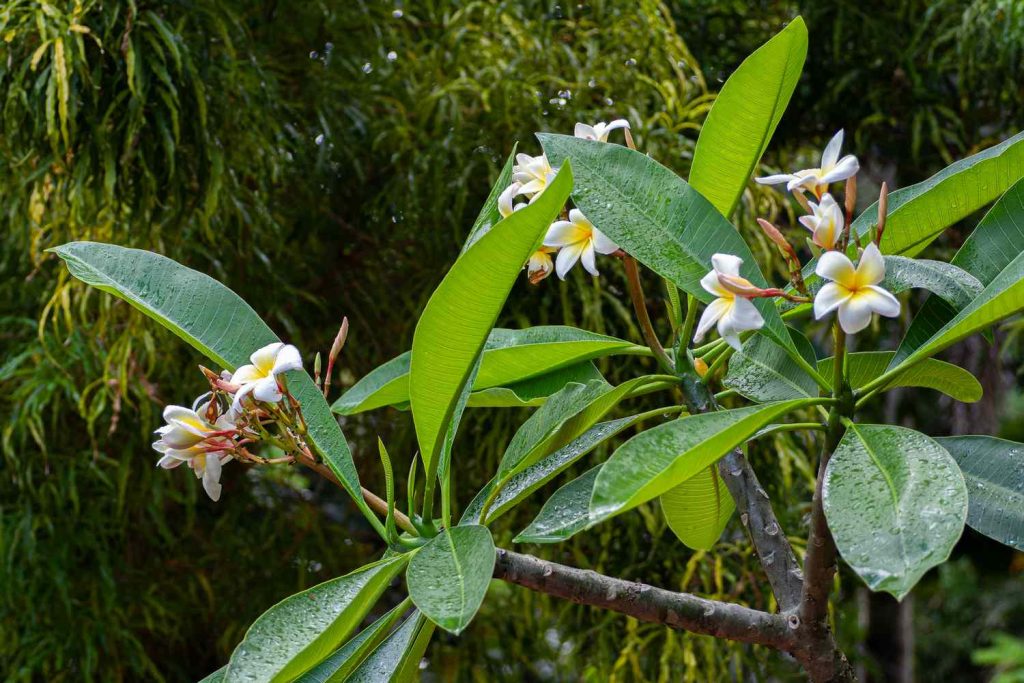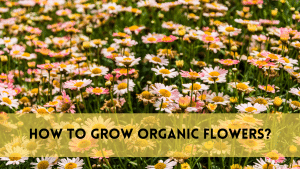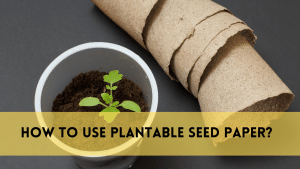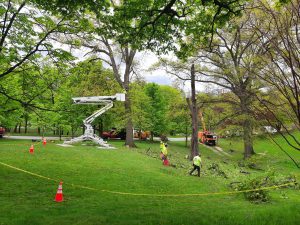Are you wondering what-flowers-do-hummingbirds? Hummingbirds are among the most fascinating and vivid visitors to our gardens. Their vibrant flying patterns and iridescent feathers make them a delight to see. Houston Heights Tree Services recognizes the importance of providing a hospitable environment for these beautiful critters. In this post, we’ll go over which flowers hummingbirds enjoy, how to grow and care for them, and other recommendations for making your garden a hummingbird haven.
Why Attract Hummingbirds to Your Garden?
Hummingbirds are essential for pollination, which is necessary for the survival of many plant species. They also aid in reducing insect populations, acting as a natural pest management solution. Attracting hummingbirds to your garden allows you to enjoy their beauty while benefiting the ecosystem.
Features of Flowers That Attract Hummingbirds

Bright colors
Hummingbirds naturally attract bright hues, particularly red, orange, and pink. These hues indicate to hummingbirds that nectar is available. Planting flowers in these colors will significantly boost your chances of attracting hummingbirds.
Tubular shapes
Hummingbirds prefer tubular-shaped flowers. Their long, narrow beaks are designed to reach deep inside these blossoms to get nectar. Look for tubular-shaped flowers to help hummingbirds feed.
High nectar content
Hummingbirds rely primarily on nectar for nutrition. Flowers with a high nectar content are more likely to entice them. Native flowers have more nectar content than hybrid kinds. Therefore, including native plants in your garden might be helpful.
Top Flowers to Attract Hummingbirds
1. Trumpet Vine (Campsis Radicans)
The trumpet vine is a vigorous climber that bears clusters of vivid orange-red trumpet-shaped blooms. These blossoms are very enticing to hummingbirds and give plenty of nectar.
2. Bee Balm (Monarda Didyma)
Bee balm is a perennial that produces bright red, pink, or purple blooms. Its tubular blossoms are popular among hummingbirds. Furthermore, bee balm is simple to cultivate and care for, making it an ideal addition to any garden.
3. Salvia (spp)
Salvia plants have tubular flowers in various colors, including red, purple, and blue. These plants are drought-tolerant and can grow in multiple soil types, making them an excellent choice for attracting hummingbirds.
4. Columbines (Aquilegia spp)
Columbines are recognized for their distinctive, spurred flowers, which come in various hues. These perennials bloom in the spring and provide early nectar for hummingbirds.
5. Coral Honeysuckle (Lonicera Sempervirens)
Coral honeysuckle is a climbing vine that bears clusters of tubular coral-red blooms. This plant attracts hummingbirds and looks great on trellises and fences.
6. Fuchsia(Fuchsia spp)
Fuchsias are recognized for their pendulous, bell-shaped flowers in brilliant red, pink, and purple colors. These blooms are ideal for hanging baskets and pots, providing a rich nectar source for hummingbirds.
7. Butterfly Bush (Buddleia Davidii)
Butterfly bush grows huge, cone-shaped clusters of tiny flowers in various hues. These blooms are abundant in nectar, attracting both hummingbirds and butterflies.
How to Plant and Care for Hummingbird Flowers?
Choosing the Right Location
When choosing a place for your hummingbird garden, choose one with enough sunlight. Most hummingbird-friendly flowers do well in full sun to moderate shade. Ensure the space is protected from severe winds for a safe and comfortable feeding habitat.
Soil Preparation
Proper soil preparation is vital for your plant’s health and growth. Most hummingbird flowers demand well-drained soil with a pH ranging from slightly acidic to neutral. Introducing organic materials, such as compost, helps boost soil fertility and drainage.
Watering and fertilizing
Regular irrigation is essential, particularly during dry spells. However, avoid overwatering since it might cause root rot. Fertilize your plants with a balanced, slow-release fertilizer to promote healthy growth and blossoms.
Pruning and Maintenance
Regular pruning keeps your plants in shape and encourages more blooms. To avoid disease transmission, rapidly remove any dead or diseased foliage. Deadheading spent flowers can also encourage continued flowering throughout the season.
Additional Tips
Provide a Water Source
Hummingbirds need water to drink and bathe. Installing a birdbath with a mild mister or dripper will attract hummingbirds and give them a consistent water source.
Avoid pesticides
Pesticides can affect hummingbirds by reducing the availability of insects they eat for protein. Choose organic pest management solutions to ensure a safe and healthy environment for hummingbirds.
Plant clusters
Planting flowers in groups rather than individual examples might make your yard more appealing to hummingbirds. Hummingbirds can find more food in flower clusters, which are simpler to notice.
Provide Perches
Hummingbirds require somewhere to rest and observe their territory. Planting trees and shrubs, or building fake perches, can provide a resting spot for hummingbirds between feedings.
Supplement with feeders
In addition to growing flowers, you can use hummingbird feeders to provide a consistent stream of nectar. Fill each feeder with a solution of four parts water and one part white granulated sugar. Cleaning the feeders regularly helps avoid mold and bacterial growth.
Related Posts:
FAQS
1. What colors are hummingbirds most drawn to?
Hummingbirds are attracted to bright hues, particularly red, orange, and pink. These vibrant colors alert hummingbirds that the flowers most likely contain nectar, making them ideal feeding spots.
2. Are there any flower shapes that hummingbirds prefer?
Yes, hummingbirds prefer flowers with tubular forms. Their long, thin beaks make it easier for them to access these shapes, helping them to reach nectar deep inside.
3. May I grow non-native flowers to attract hummingbirds?
While non-native flowers can attract hummingbirds, native plants are usually a better option. Native plants often have higher nectar content and are better adapted to the local climate and soil, making them a more stable food source for hummingbirds.
4. How should I set up my garden to attract hummingbirds?
Planting flowers in clusters rather than individual plants is more effective. Clusters make it easier for hummingbirds to find and provide a better food supply. Ensure that the garden receives adequate sunlight and is protected from severe gusts.
5. Do hummingbirds require more than flowers to thrive in a garden?
Yes, besides flowers, having a water source, such as a birdbath or mister, is essential. To keep the environment healthy, avoid using pesticides and consider providing perches for resting. Supplementing with hummingbird feeders can also help provide a steady nectar flow.
Conclusion
Creating a garden that attracts hummingbirds is rewarding and beneficial for the ecosystem. You can turn your garden into a hummingbird haven by selecting the right flowers with bright colors, tubular shapes, and high nectar content. At Houston Heights Tree Services, we are dedicated to helping you cultivate a beautiful and vibrant garden that attracts these stunning birds and supports their essential role in pollination. Incorporate additional features such as water sources, organic pest control, and perches to enhance your garden’s appeal. Follow these guidelines, and you will enjoy the delightful presence of hummingbirds in your garden for years to come.




